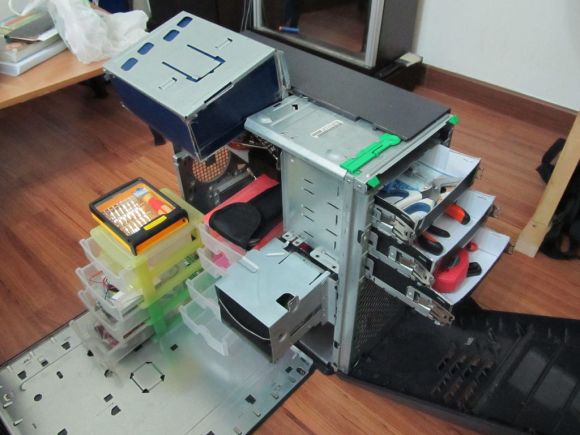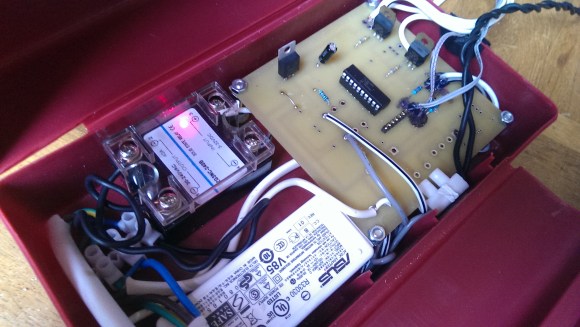
Facebook has agreed to purchase Oculus VR. The press values the deal at about $2 Billion USD in cash and stock. This is great news for Oculus’ investors. The rest of the world has a decidedly different opinion. [Notch], the outspoken creator of Minecraft, was quick to tweet that a possible rift port has now been canceled, as Facebook creeps him out. He followed this up with a blog post.
I did not chip in ten grand to seed a first investment round to build value for a Facebook acquisition.
Here at Hackaday, we’ve been waiting a long time for affordable virtual reality. We’ve followed Oculus since the early days, all the way up through the recent open source hardware release of their latency tester. Our early opinion on the buyout is not very positive. Facebook isn’t exactly known for contributions to open source software or hardware, nor are they held in high regard for standardization in their games API. Only time will tell what this deal really means for the Rift.
The news isn’t all dark though. While Oculus VR has been a major catalyst for virtual reality displays, there are other players. We’ve got our eggs in the castAR basket. [Jeri, Rick] and the rest of the Technical Illusions crew have been producing some great demos while preparing CastAR for manufacture. Sony is also preparing Project Morpheus. The VR ball is rolling. We just hope it keeps on rolling – right into our living rooms.


 [Michiel] likes to wash his clothes in warm water. Like a lot of machines, his draws from the cold water line and heats it electrically. Gas is much cheaper than electricity in the Netherlands, so he wanted to be able to heat the water with gas instead. Hot-fill machines already exist, but few models are available and they’re all too expensive. [Michiel] rolled up his sleeves and
[Michiel] likes to wash his clothes in warm water. Like a lot of machines, his draws from the cold water line and heats it electrically. Gas is much cheaper than electricity in the Netherlands, so he wanted to be able to heat the water with gas instead. Hot-fill machines already exist, but few models are available and they’re all too expensive. [Michiel] rolled up his sleeves and 











